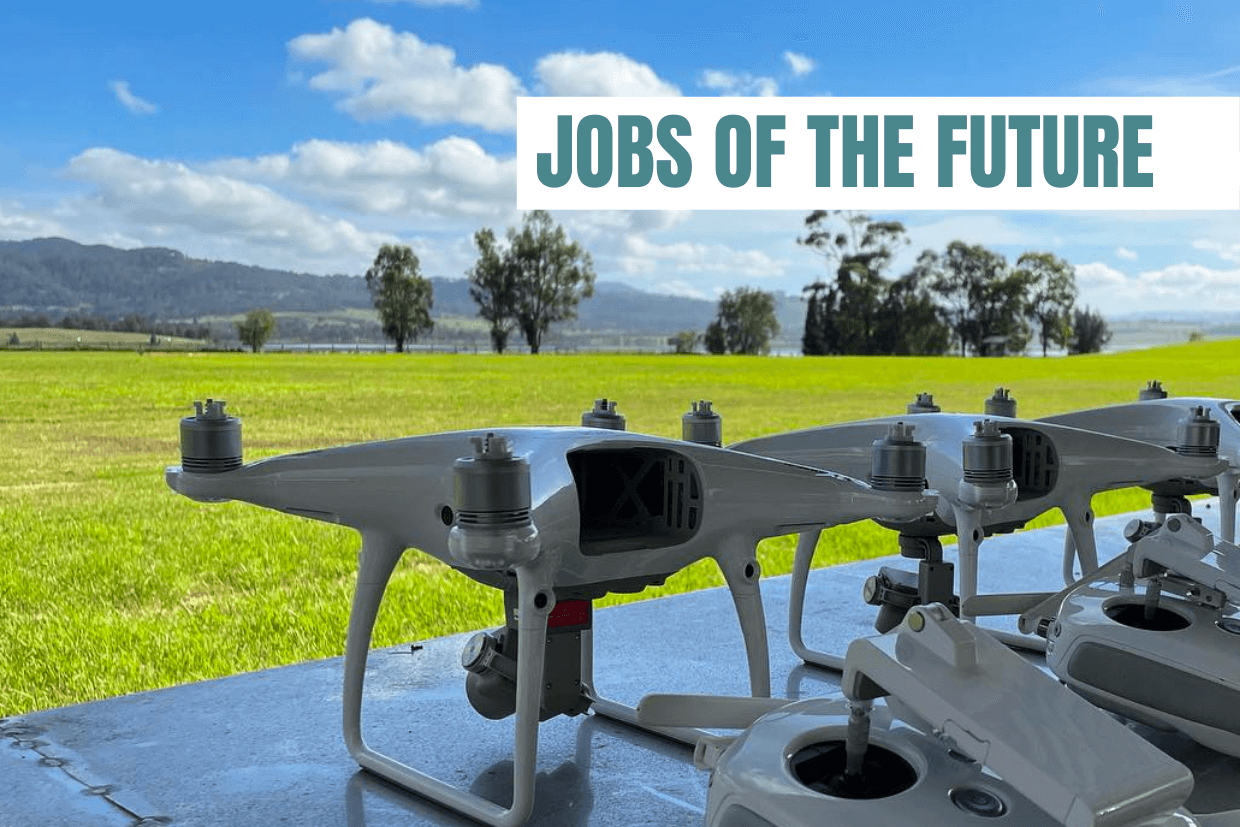
While drones were once seen as a disruptive form of technology that people were hesitant to adopt, as technology has advanced, so too has their ability to be used in various industries, encouraging the strong uptake we see today.
Versity of drone operating
Drone operating is no longer something that people are hesitant to take up, with knowledge of their great benefits becoming more widely known in key industries including agriculture, mining, and emergency services.
In the agriculture industry, drones are used to replace expensive aircraft in spraying exercises – a safer alternative than having someone manually undertake this activity.
Drones also offer real-time information, better access to data, and can reduce the pesticides used in traditional farming by a quarter – offering farmers a more environmentally-friendly option.
Other operations that benefit from the use of drones are emergency services and search and rescue efforts, including fire fighting, surf lifesaving, and general rescue and monitoring operations.
In this case, drones offer an additional eye in the sky, and in emergency settings, offer greater protection by allowing surveying to be undertaken remotely through Beyond Visual Line of Sight (BVLOS) operations.
With the recent flooding affecting many parts of New South Wales and South East Queensland, drones would be a beneficial tool for SES workers, allowing them to better monitor the situation from the air.
Organisations can also submit applications to the industry regulator CASA to fly above existing height restrictions, giving them even greater surveyance capabilities.
The rise of drone operations
A study conducted by Deloitte Access Economics in October 2020, commissioned by the Department of Infrastructure, Transport, Regional Development and Communications, found that drones were contributing $5.5 billion to the Australian economy – predicted to rise to $14.5 billion by 2040, with agriculture, mining and construction being the major users.
Additional reports, including one published by the US-based drone software platform DroneDeploy, found that Australia’s use of drones grew almost 200 per cent from April 2020 to April 2021.
In demand yet under-the-radar
We predict that as aviation and drone technology continues to advance, so too will the use of drones in various industries.
We’re now seeing drones be used for activities including weather tracking and forecasting, and to take aerial photography for journalism and film (something deemed to be revolutionising the production industry).
These advancements in aviation will require a whole suite of people capable of operating drones, as well as people with the skills and capability to train them.
While statistics show the market of drone operating is growing at record speeds, public knowledge of its growth still remains quite under-the-radar, with drone operators not listed on recent ‘jobs on the rise’ reports.
This can be due to the fact that the role is incorporated in various industries – with people upskilling through drone training – and thus may not yet be deemed an industry in itself.
At Aviassist, we’re continually excited by the future of drone operating and we’re proud to be leading the training that gives people the certifications they need to work in this space.
The use of drones will offer an incredible number of jobs for both operators and trainers, and upskill a whole generation of people in various industries.
We are at the precipice of incredible growth in this industry and we can’t wait to be part of the change ahead.
Train with us: Upcoming Courses
